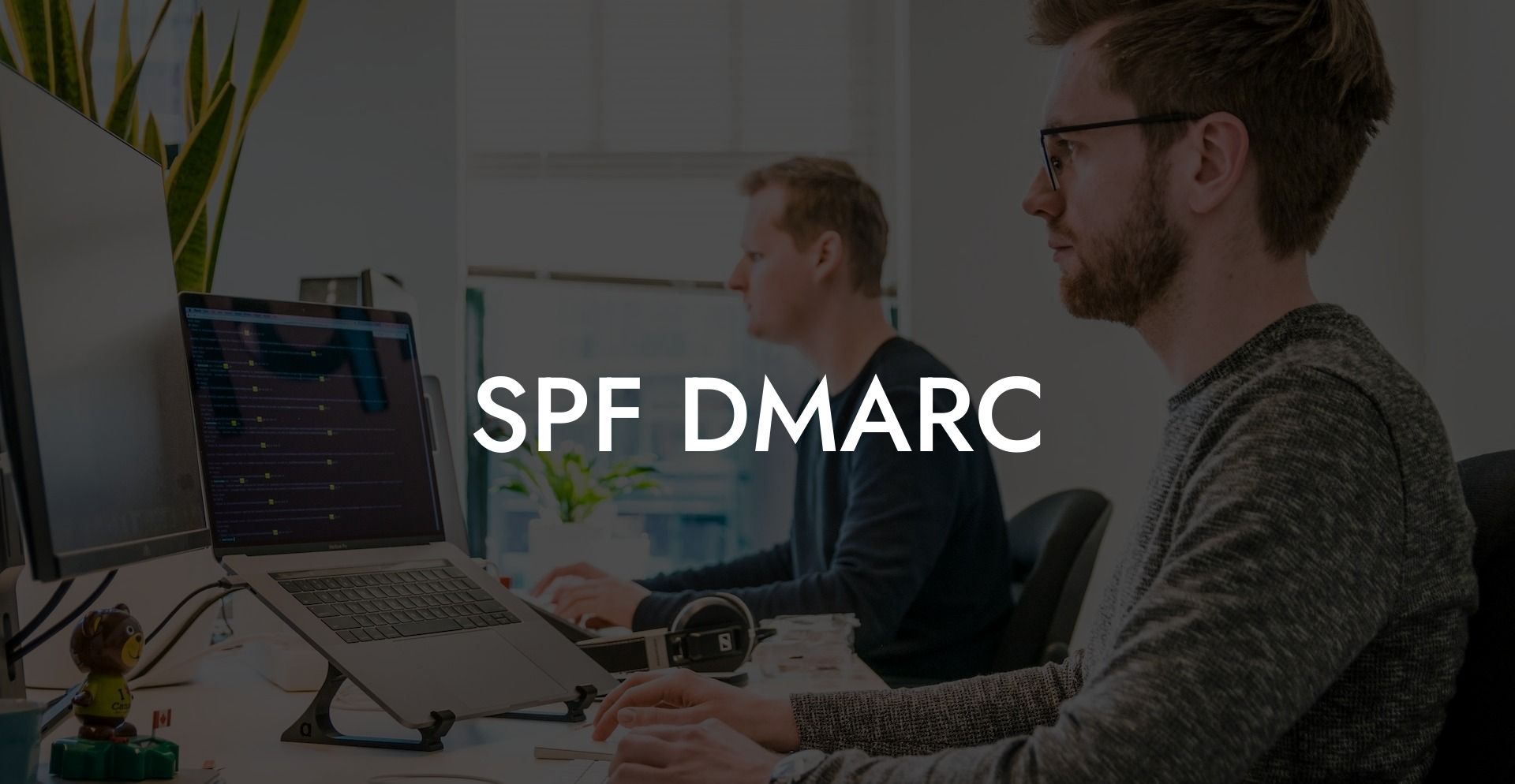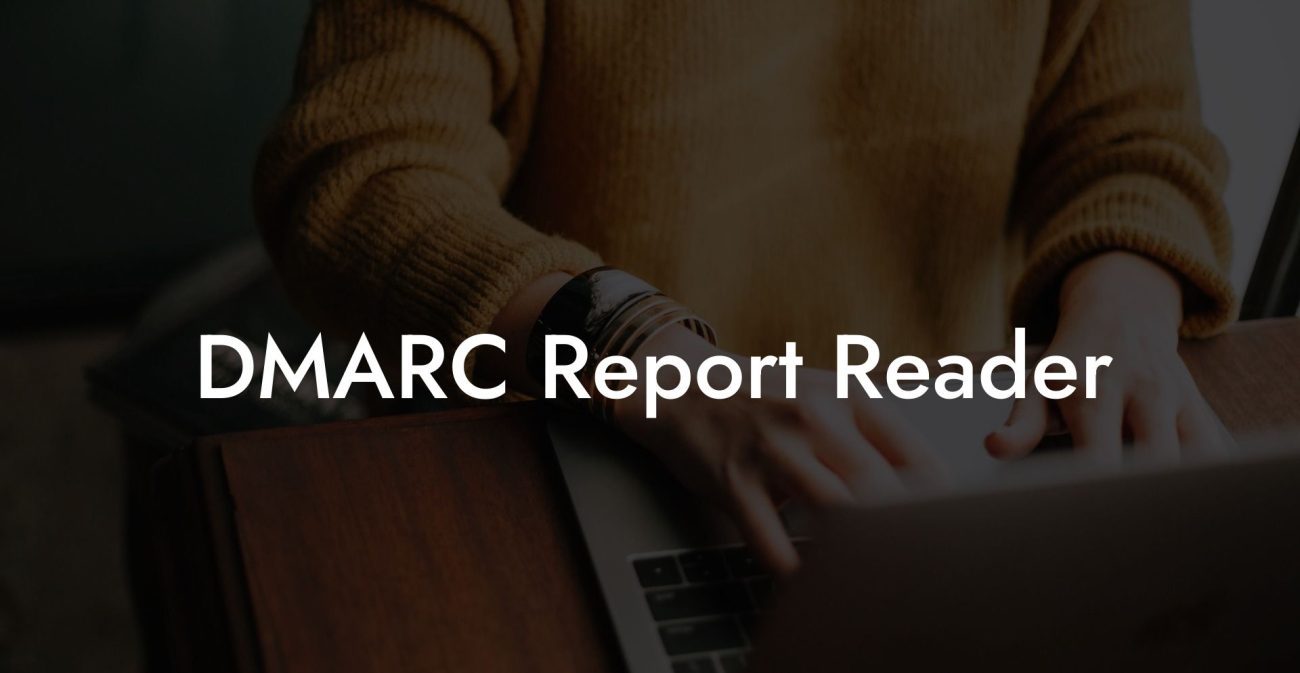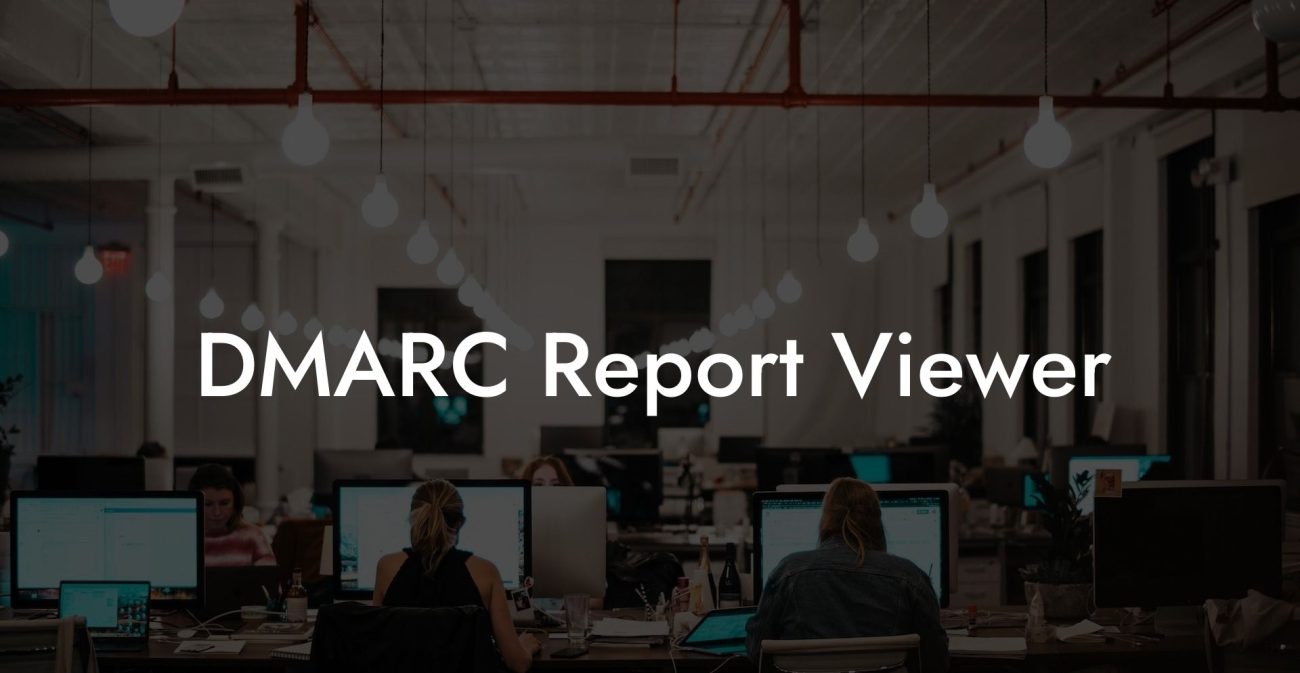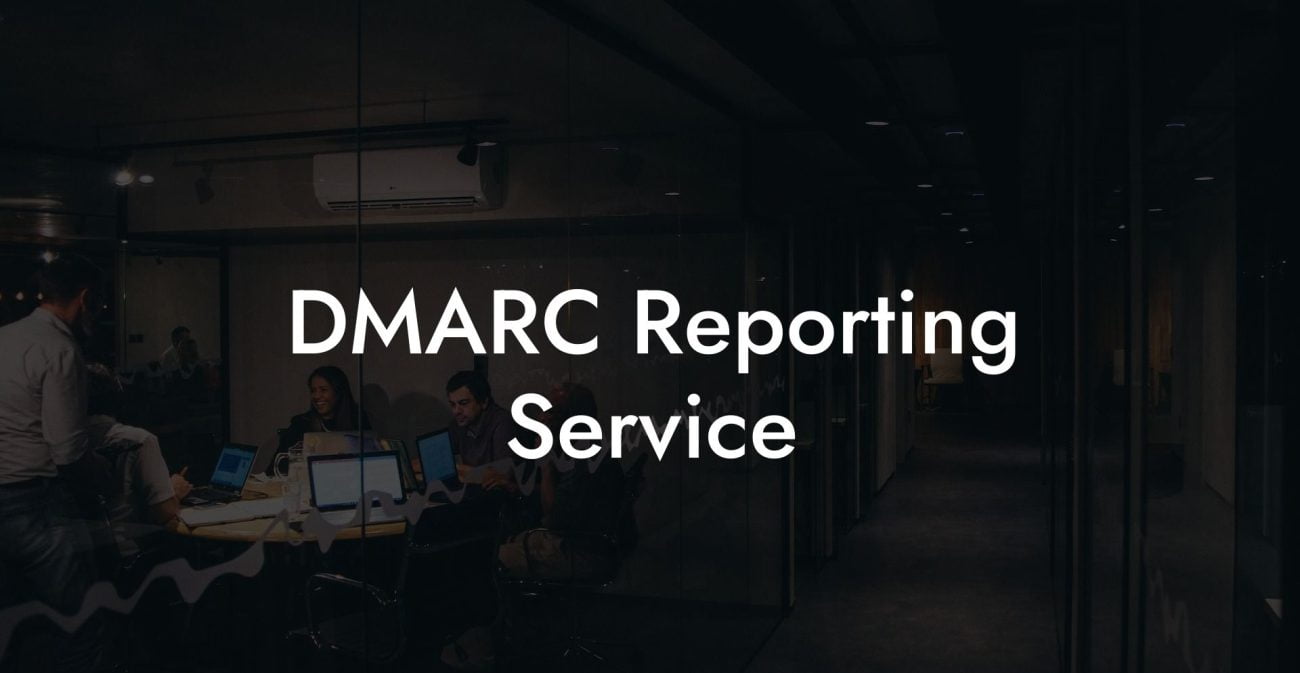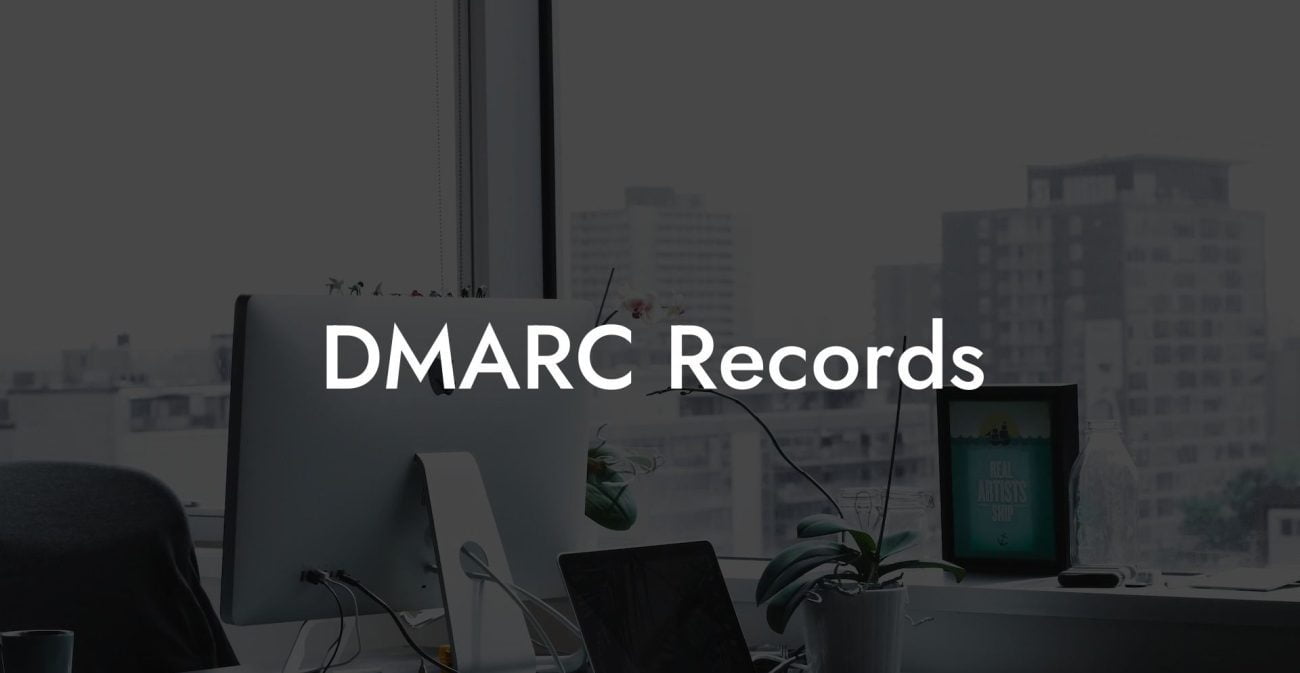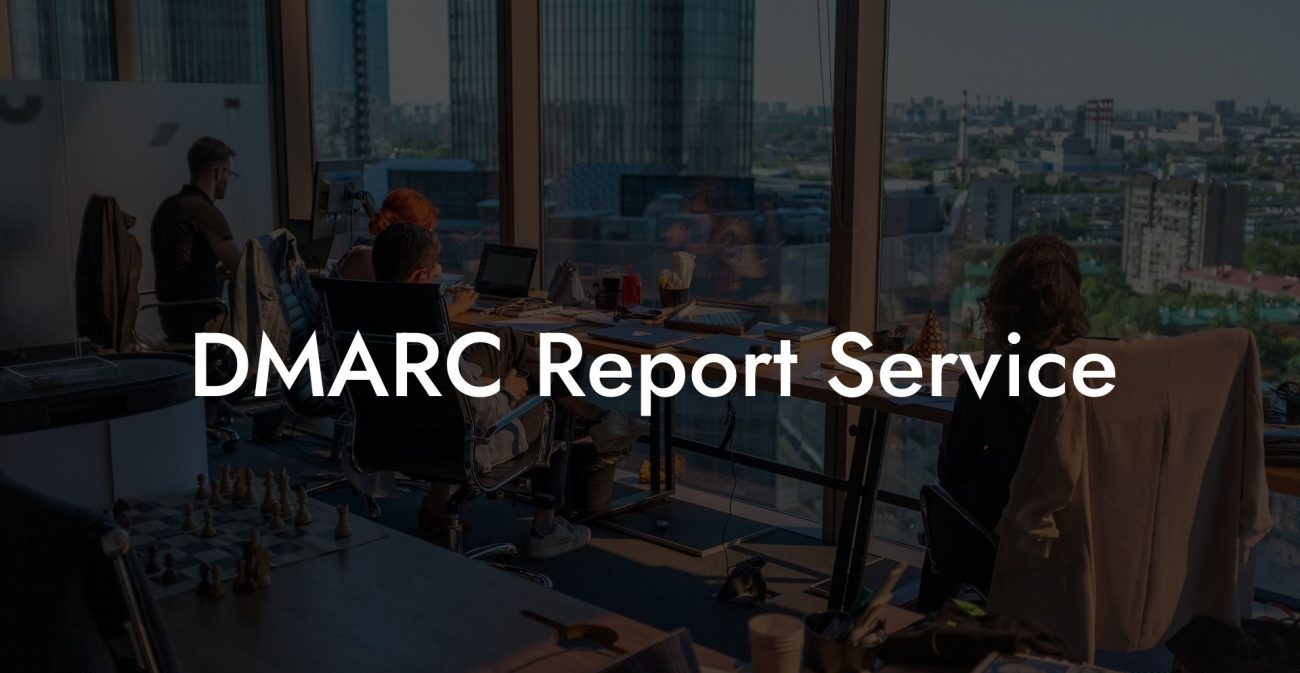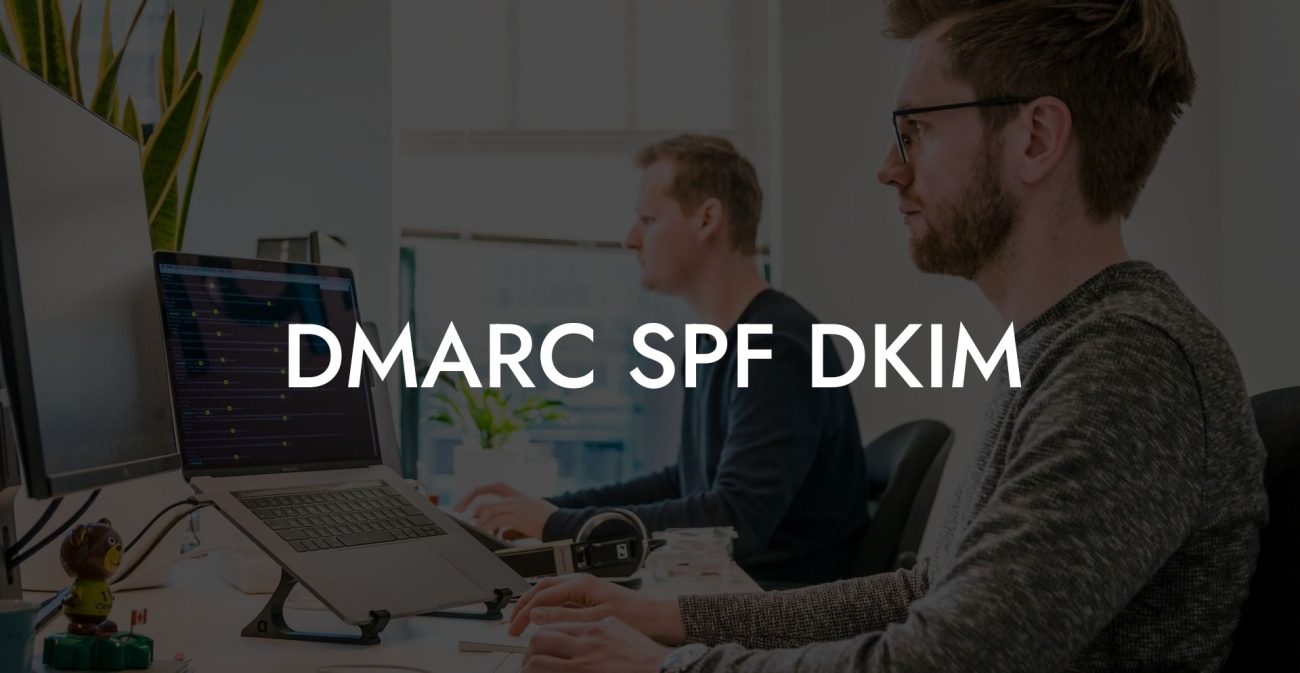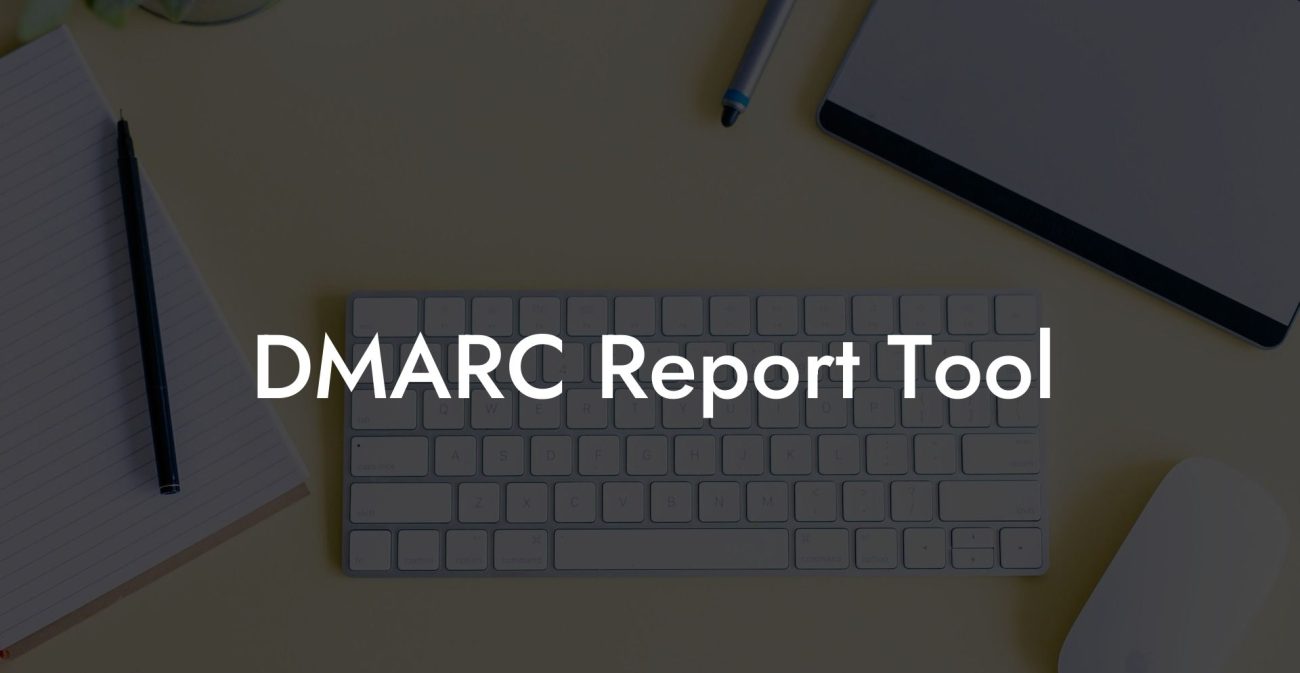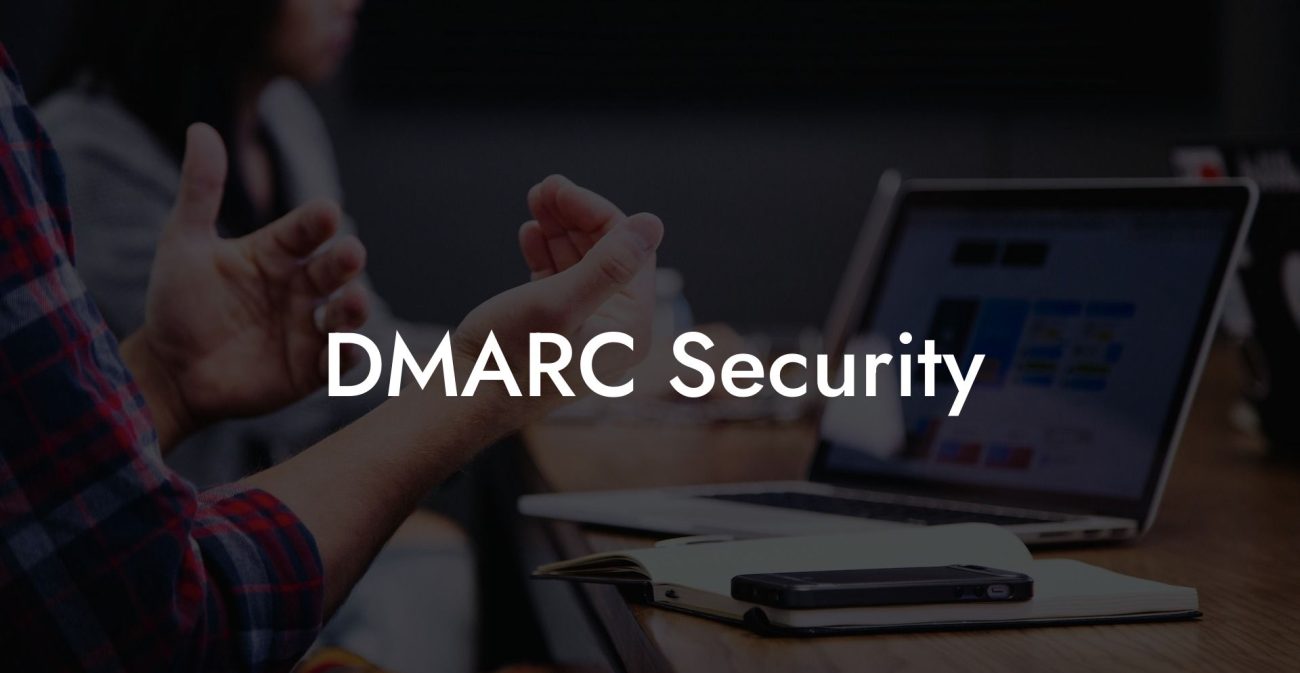Have you ever been a victim of phishing, or do you know someone who has? Today, cybercriminals are getting more sophisticated, and it is crucial to be aware of the best ways to protect your online communications. In this guide, we will explore SPF and DMARC, two essential email authentication mechanisms that help fight against phishing attacks and protect your sensitive information from being exploited.
What is SPF?
Sender Policy Framework (SPF) is an email authentication method that is designed to prevent email spoofing and phishing attacks. It verifies whether the email sender is authorized to send emails on behalf of the domain mentioned in the email address.
How does SPF work?
Protect Your Data Today With a Secure Password Manager. Our Top Password Managers:
SPF works by defining a set of rules (called policies) within the Domain Name System (DNS) of the domain. These policies inform receiving email servers which mail servers are qualified to send emails for that domain. When an email arrives at the receiving server, it compares the IP address of the sender's mail server with the domain's SPF record. If the IP address is listed in the SPF record, the email is accepted; otherwise, the email fails SPF authentication and may be rejected, marked as spam, or subjected to additional filtering.
What is DMARC?
Domain-based Message Authentication, Reporting, and Conformance (DMARC) is another email authentication mechanism built on top of SPF and DKIM (DomainKeys Identified Mail). DMARC allows domain owners to specify how receiving email servers should handle emails failing SPF and DKIM checks and send reports about authentication failures.
How does DMARC work?
DMARC policies are published in the DNS as TXT records, similar to SPF. A DMARC policy defines the domain's email authentication practices and the action to be taken on emails that fail authentication. Actions may include none (monitoring), quarantine (sending to spam), or reject (discarding the email).
Additionally, DMARC introduces the concept of 'alignment,' ensuring that the domain specified in the 'From' email header matches the domain authenticated by SPF and/or DKIM. This prevents attackers from using a legitimate domain's SPF and DKIM to pass authentication while sending phishing emails with a different 'From' address.
Benefits of using SPF and DMARC
- Enhanced email security: SPF and DMARC effectively prevent email spoofing, reducing the risk of phishing attacks that trick recipients into revealing sensitive information or compromising their accounts.
- Improved email deliverability: Legitimate emails are more likely to reach the intended recipient when they are authenticated, reducing the chances of being marked as spam or rejected.
- In-depth reporting: DMARC provides detailed reports on authentication failures, allowing domain owners to monitor and improve their email security practices.
- Brand protection: By using SPF and DMARC, organizations demonstrate their commitment to securing their communications, protecting their brand reputation from being associated with phishing and cybercrime.
SPF DMARC Example:
For instance, let's consider a company named Example Corp with the domain example.com. The company decides to implement SPF and DMARC to prevent email spoofing and phishing attacks targeting its employees, customers, and partners. They create an SPF record in their DNS that lists all the authorized mail servers for sending emails on behalf of example.com. Subsequently, they create a DMARC policy specifying the necessary actions for non-authenticated emails and request regular reports on email authentication.
As a result, whenever an attacker tries to send a phishing email pretending to be from Example Corp (using a spoofed 'From' address of info@example.com), the recipient's email server will perform SPF and DMARC checks. The attacker's mail server IP address won't match the authorized servers listed in the SPF record, and the 'From' address won't align with the authenticated domain in DMARC, leading to email rejection or quarantine based on the DMARC policy set by Example Corp.
Now that you are familiar with how SPF and DMARC can help secure your email communications, it's time to take action and implement these technologies for your domain. Stay vigilant against the ever-growing threat of phishing and protect your sensitive information from being exploited. If you found this guide helpful, please share it with others and explore other guides on Voice Phishing to stay informed about cybersecurity best practices.
Protect Your Data Today With a Secure Password Manager. Our Top Password Managers:

